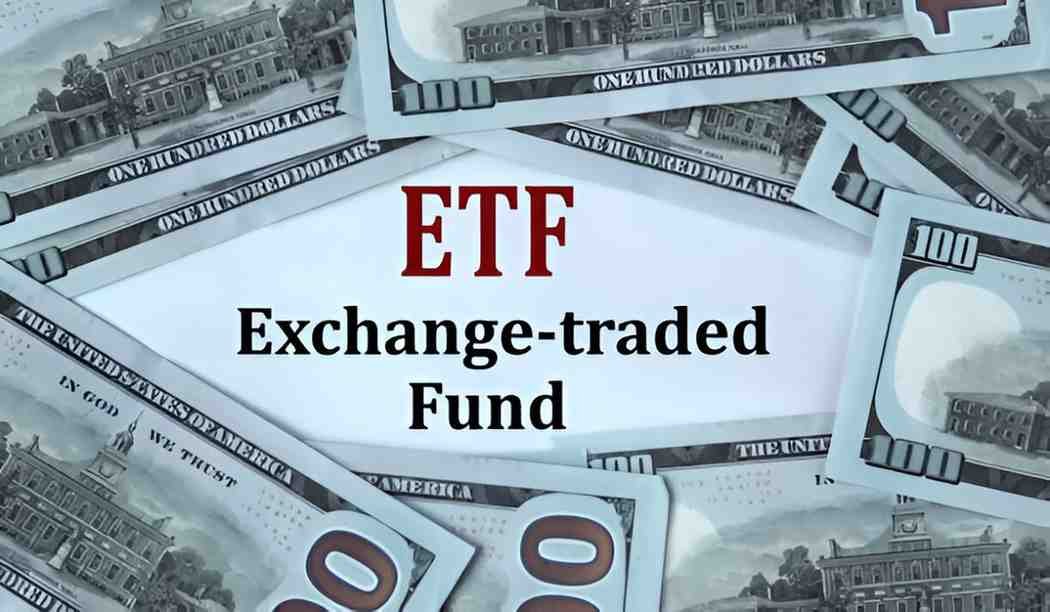Introduction
Investors often ask whether exchange-traded funds (ETFs) and mutual funds trade after regular market hours. The answer isn’t straightforward because ETFs and mutual funds operate under different structures. I’ll break down the mechanics, liquidity implications, and key differences between these investment vehicles in aftermarket trading.
Table of Contents
Understanding Aftermarket Trading
Aftermarket trading, also called extended-hours trading, occurs outside standard market hours (9:30 AM–4:00 PM ET). It includes:
- Pre-market trading (4:00–9:30 AM ET)
- Post-market trading (4:00–8:00 PM ET)
Not all securities trade in these sessions. Liquidity is thinner, spreads are wider, and price volatility is higher.
How ETFs Trade Aftermarket
ETFs trade like stocks on exchanges. This means:
- They can trade after hours if the exchange supports extended trading.
- Liquidity depends on market makers and participant interest.
Example: SPDR S&P 500 ETF (SPY)
SPY trades actively in pre- and post-market sessions. However, volume is lower than during regular hours. The bid-ask spread may widen significantly:
| Session | Avg. Volume (Shares) | Avg. Bid-Ask Spread |
|---|---|---|
| Regular Hours | 80 million | 0.01% |
| After Hours | 2 million | 0.10% |
Pricing Mechanism
ETF prices track their net asset value (NAV) but can deviate due to supply-demand imbalances. The premium/discount is calculated as:
Premium/Discount = \frac{ETF\ Price - NAV}{NAV} \times 100After hours, arbitrageurs are less active, so deviations can persist.
How Mutual Funds Trade Aftermarket
Mutual funds do not trade after hours. They price once daily at the market close (4:00 PM ET). When you place an order:
- If submitted before cutoff (often 4:00 PM ET), it executes at that day’s NAV.
- If submitted after, it executes at the next day’s NAV.
Example: Vanguard 500 Index Fund (VFIAX)
- Order at 3:55 PM ET → Filled at 4:00 PM NAV.
- Order at 4:05 PM ET → Filled at next day’s 4:00 PM NAV.
Key Differences
| Feature | ETFs | Mutual Funds |
|---|---|---|
| Trading Hours | Extended hours possible | Only at market close |
| Pricing | Real-time, intraday | End-of-day NAV |
| Liquidity | Varies by ETF and session | Always at NAV, no intraday fluctuations |
| Transaction Costs | Brokerage commissions, spreads | Potential load fees, no spreads |
Pros and Cons of Aftermarket Trading
ETFs
Pros:
- Flexibility to react to news outside market hours.
- Useful for international investors managing time zones.
Cons:
- Higher spreads increase trading costs.
- Lower volume leads to price inefficiencies.
Mutual Funds
Pros:
- No intraday volatility; all investors get the same NAV.
- No need to monitor after-hours price movements.
Cons:
- Lack of flexibility; cannot capitalize on after-hours news.
Mathematical Perspective: Liquidity Impact
Aftermarket liquidity for ETFs can be modeled using the Amihud Illiquidity Measure:
Illiquidity = \frac{1}{D} \sum_{d=1}^{D} \frac{|R_d|}{V_d}Where:
- R_d = Daily return
- V_d = Trading volume (in $)
- D = Number of trading days
Higher values indicate worse liquidity—common in aftermarket sessions.
Tax and Regulatory Considerations
- ETFs: Aftermarket trades settle like regular stock trades (T+2). Capital gains tax applies if sold at a profit.
- Mutual Funds: No aftermarket trading, but frequent trading policies may restrict rapid buy-sell actions.
Real-World Scenario
Suppose I buy an ETF after earnings reports at 6:00 PM ET:
- The price may gap up or down at the next open due to low liquidity.
- If I had a mutual fund, I’d wait until the next NAV update, missing immediate price moves.
Conclusion
ETFs offer aftermarket trading flexibility but come with higher costs and risks. Mutual funds provide stability but lack real-time trading. Your choice depends on strategy, liquidity needs, and risk tolerance.





